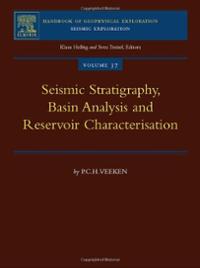A where-would-you-be-without-it handbook covering every single important step in building design and construction, now updated to include key changes in design and construction practices. Surveys materials, structures, soil mechanics and foundations, building types, hardware, insulation, acoustics, plumbing, and more--all the material that will help architects, engineers, contractors, and others work better, faster, and smarter. Includes new design specifications; the latest developments in seismic and wind design criteria; new building systems and material; updated building codes throughout; NFPA
requirements; and new wood material and codes
building design and construction handbook
.JPG)
.jpg)



.jpg)
.jpg)


.jpg)









.jpg)